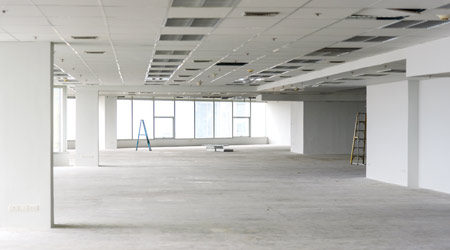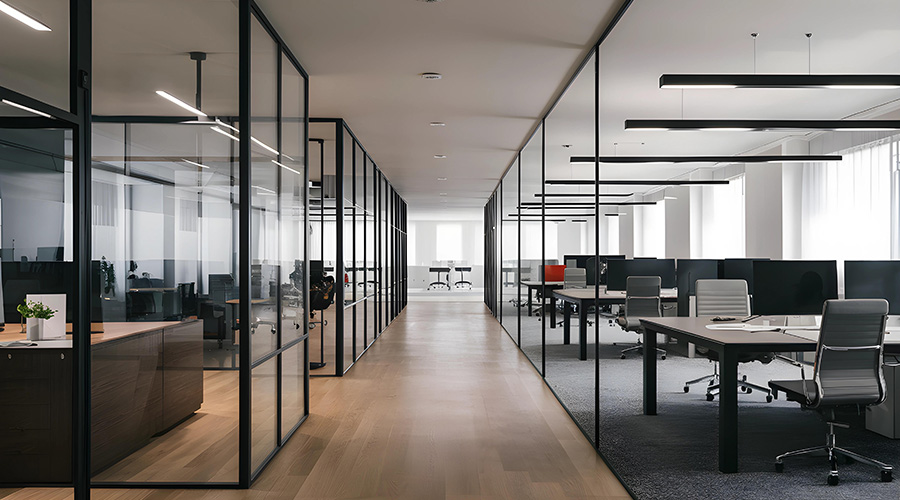Commercial Office Upgrades: Cost Considerations
Early attention to goals, budgets and schedules can ensure renovations of commercial office buildings deliver benefits
Someone else might set the budget, but it is up to managers to develop a realistic estimate of the renovation project’s costs. By understanding the expectations of those promoting the renovation and the condition of the space and its supporting systems can managers develop a realistic estimate of cost.
In developing this estimate, managers also must take a number of other factors into consideration. Will operations continue in the area being renovated, or will they move to another space? Is that space available, or will the organization have to rent temporary facilities?
If clients are to remain in place during the renovation, managers need to address several other issues that will impact total renovation project cost. When can the work take place? Is renovation construction limited to only those hours in which the space is unoccupied, or can work take place without interfering with operations?
Do managers need to provide temporary utilities? For example, if the project involves replacing the HVAC system, is there a need to provide portable heating or cooling units or temporary electrical power or telecommunications capabilities?
Each of these issues will impact overall project costs, and managers must factor them into the project estimate before the budget is set. If the estimate exceeds the budget being provided, now is the time for managers to figure out the items that need to be changed. Once the project is underway, it might be too late to make the needed changes that could bring the project cost down without causing it to fail to meet the renovation objectives.
It is not enough just to estimate the cost of each step or component in the project process. Workers come across unforeseen issues once construction begins. A comprehensive facility assessment will help reduce or eliminate most such issues, but there still can be unforeseen issues — hidden deterioration in the building structure or systems, asbestos on piping behind walls being removed, or hidden water damage. All of these are typical issues managers run into after a project starts, and they will impact project costs. Managers must plan for these hidden issues by including a contingency in their project estimate. The size of the contingency will depend on the complexity of the project and the age of the facility, but for most projects, a contingency of 10-15 percent provides adequate protection.
Related Topics:















